The conversation around modeling and art usually focuses on applying art techniques to 3D models or layout design. The more I consider this idea, the more I believe it misses the mark entirely. All of the talk about techniques, color theories or materials feels like so many decorative ornaments on a Christmas tree. They may look pretty but they’re only surface decoration.
Art, as I understand it is the physical expression of the human response to the world. We see or encounter something that captures our attention strongly enough that we become aware of being in a different emotional state or frame of mind.
The people we call artists are more sensitive to these encounters and work to deepen their ability to communicate what they’ve experienced to others. It’s a truism that your art will only be as deep as your feelings toward the subject go. Craft in art comes from the practice and dedication of the artist in developing their skill with a media such as paint, words, music, sculpting materials into dimensional forms and so on. This also, in my view, includes model making, as we know it.
I’ve been giving this a lot of thought lately and now see how these threads have run throughout my modeling all along.
Emotionally, I’m drawn to images of a train in a solitary setting. The many childhood encounters of the switch job working Centerville and my solitary explorations the railroad, formed strong bonds that have carried through my work to this day.
For me, the railroad is a private world that I understand and respond to on an emotional level. Whether a train is present or not makes little difference. As a child, there was always much to discover and sixty plus years later, it remains a world I want to spend time in and explore more deeply.
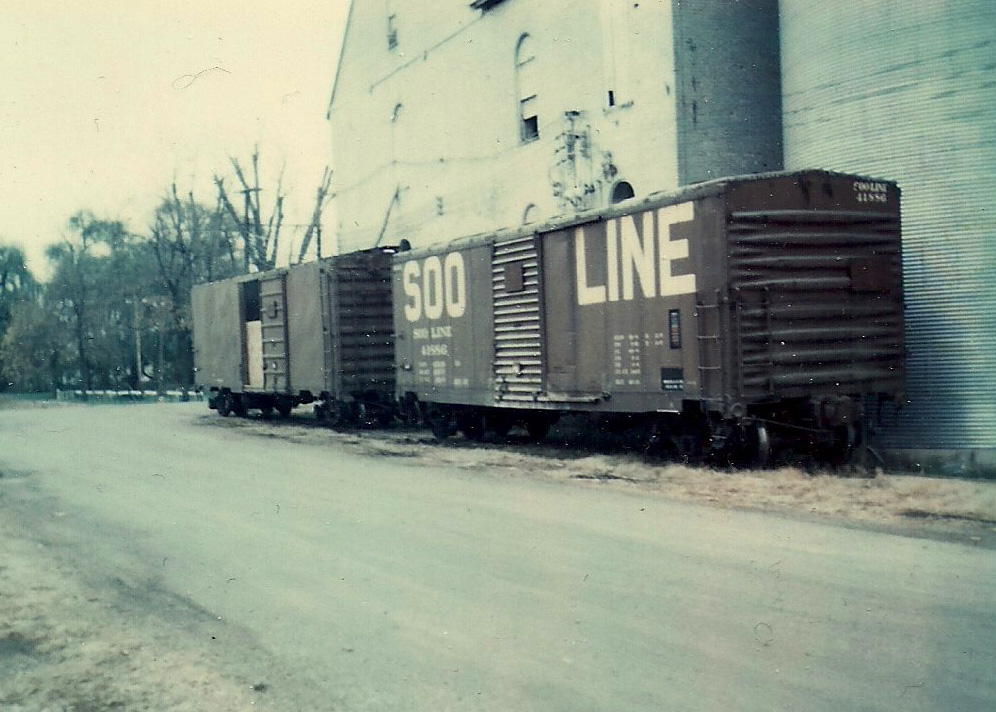
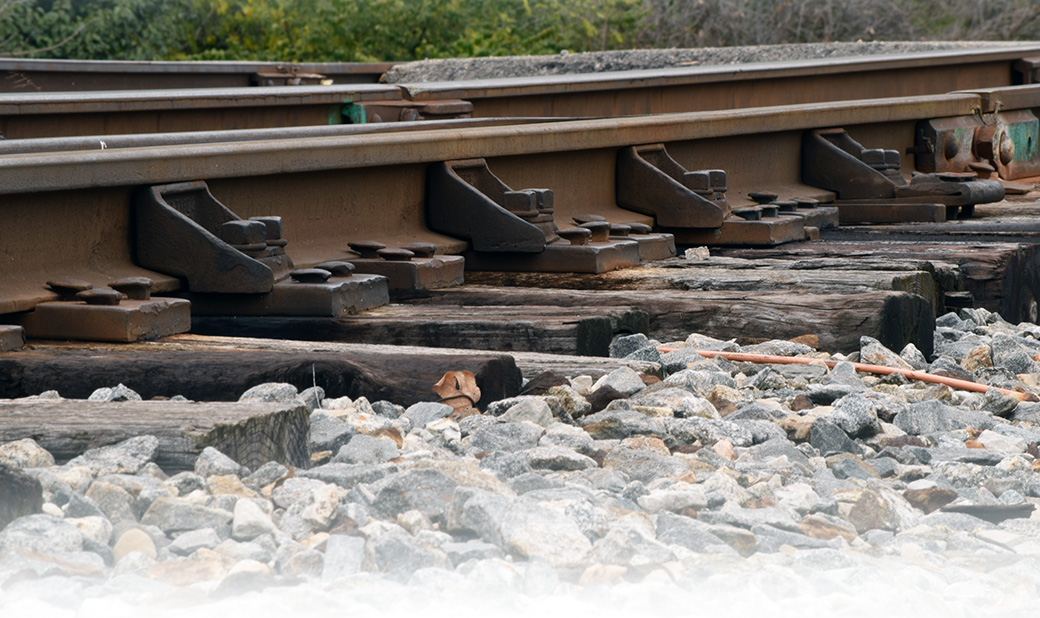
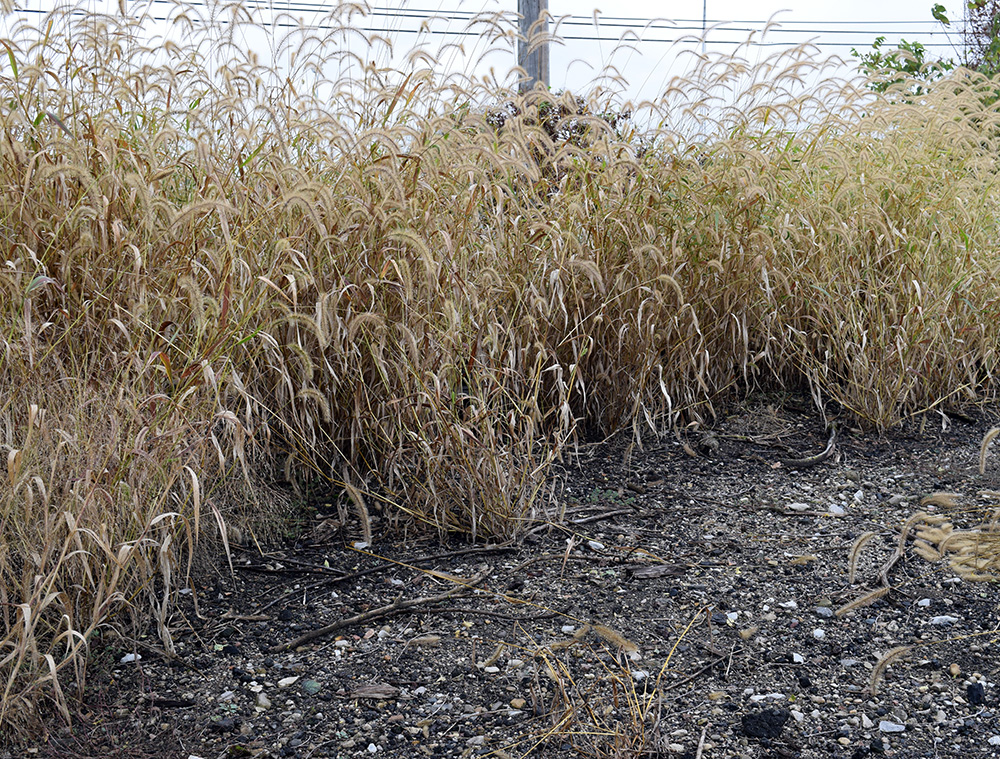
I’m visually drawn to textures and details like these. Representing them well brings creative satisfaction.
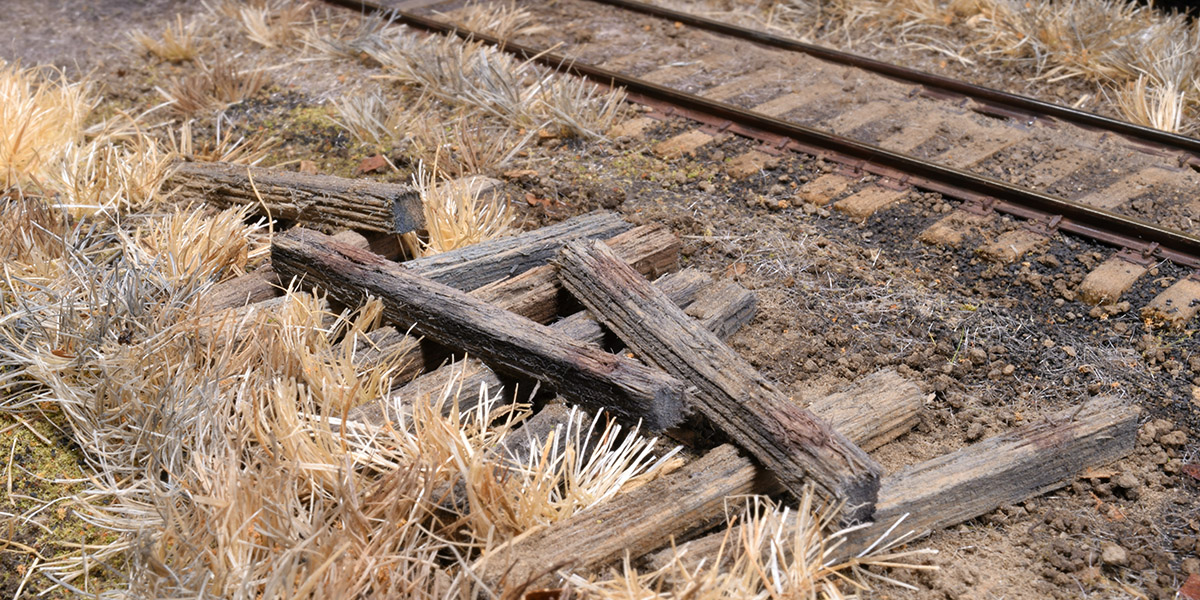
I’m drawn to the craft of things that are well made. I see an order and purpose to the structure of a freight car. The end cages of a covered hopper are formed with intention. There are shapes and proportions that reveal a balance between structural integrity and excessive dead weight. These forms and details speak to me visually, and crafting them well satisfies my artistic sense of beauty and expresses what draws me to the car as subject matter.
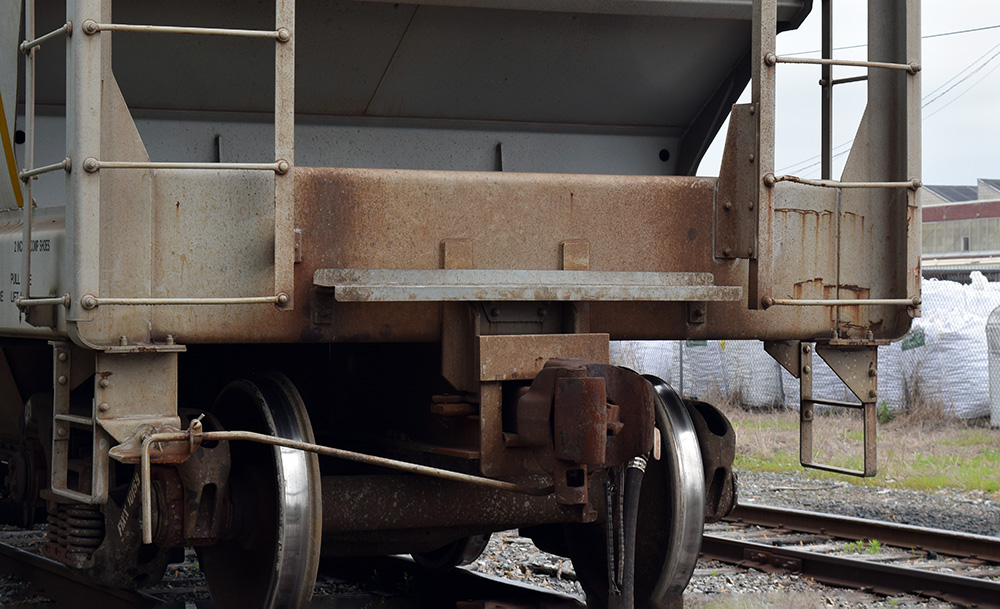
These threads have always been present, I’ve just been less aware of them until recently. When I focus on them, I feel engaged with the work and creatively satisfied. When I let other voices or agendas have their way, my enthusiasm for modeling goes dead quickly.
From what I’ve read and understand of the working lives of many artists, this is a near universal experience. Our work as artists is to understand and deepen the emotional response to the world that forms the foundation of our work.
When modeling becomes art it’s because the modeler approached it with the heart and soul of an artist. Technique plays a part, but only in service to a larger vision for the work.
In reality, this isn’t model railroading, as most understand it. It’s looking at my relationship to the subject of trains through different eyes and criteria. For me, there is something here worth exploring. My task is to share the insights in a manner that others can understand and, perhaps, even appreciate on some level.
Regards,
Mike
Mike this really resonates with me… for although I accept that many would not see my modelling as art, it is approached with the same passion, practice and deliberate intensity that I believe many would actually associate with art…
I suspect our own approach, our own preferences and methods along with inspiration, drive and energy are unique to every one of us…
I’d encourage all modellers to look for the signature of their hand in the work they do, and enjoy it, for what better hobby is there that combines so many strands, so many ribbons through life.
Thank you James. I’m glad the ideas spoke to you in a meaningful way. -Mike